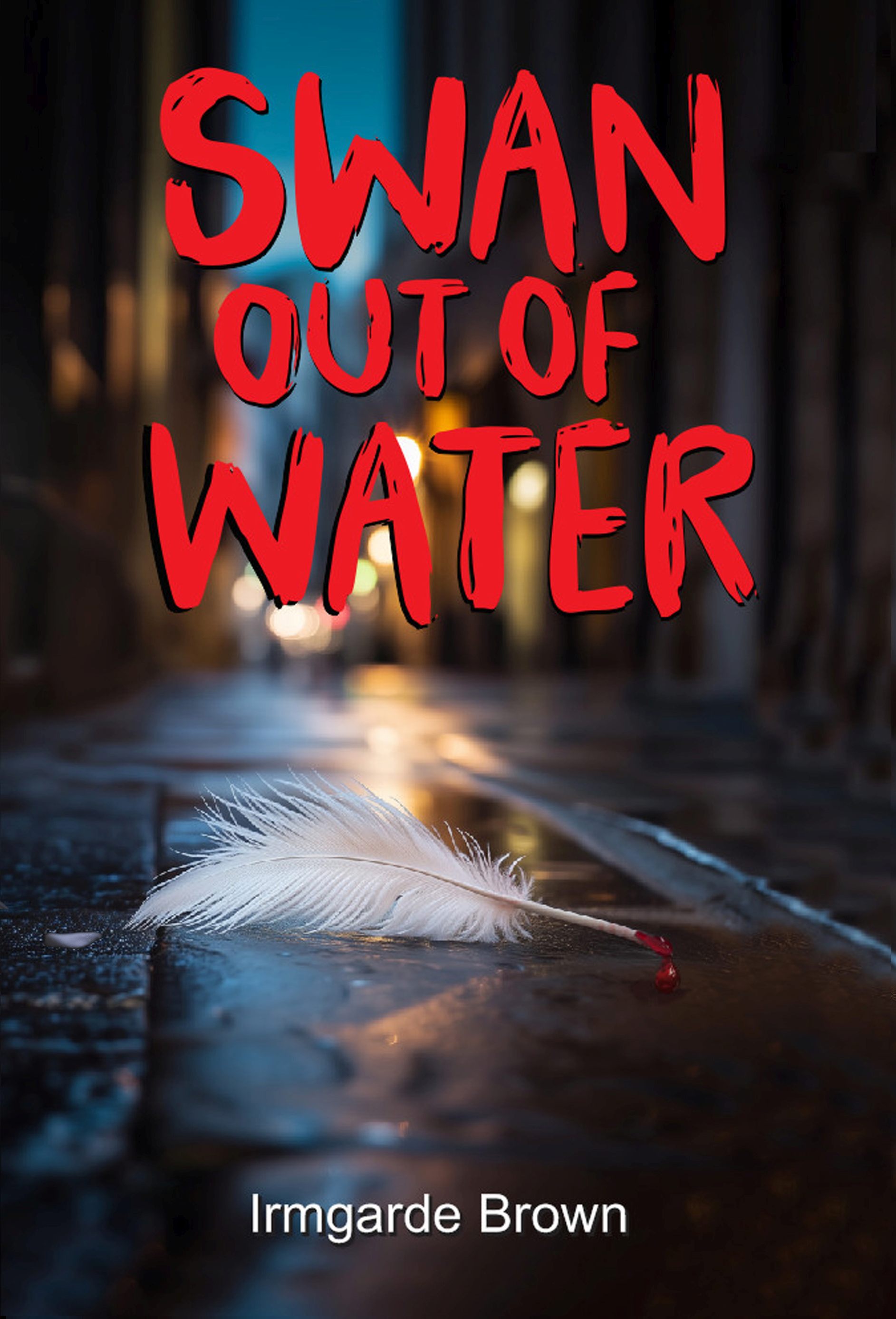Genres. Who Needs Them? Do You?
We are in a culture of labels.
We label people and attitudes and houses and neighborhoods and cities. And of course, books. In some cases, I’m aware that labels can be helpful. I certainly appreciate finding the right size clothing and I confess, if I’m at the used clothing store, I gravitate to familiar labels/brands. I’m glad that foods are labeled with nutrition facts and whether they are spicey. I’m grateful for the “skull & crossbones” to warn me of poisons and toxic materials.
But honestly, haven’t we taken this labeling a bit too far? It’s gone past information to make better choices to creating division and fear mongering. Some words and phrases have become forbidden while others are triggers.
My point is a simple one. There are so many genre labels now that they no longer just give clues to what might be between the covers, they exclude. According to MasterClass.com, there are fourteen “literary” genres: Literary fiction, mystery, thriller, horror, historical, romance, western, bildungsroman (new one to me), speculative fiction, science fiction, fantasy, dystopian, magical realism, and realist literature.
A quote from Wikipedia gives the following explanation between literary and genre fiction: “Literary fiction is a term used to distinguish certain fictional works that possess commonly held qualities to readers outside genre fiction. Literary fiction has been defined as any fiction that attempts to engage with one or more truths or questions, hence relevant to a broad scope of humanity as a form of expression. Genre fiction is a term used to distinguish fictional works written with the intent of fitting into a specific literary genre, to appeal to readers and fans already familiar with that genre. There are many sources that help readers find and define literary fiction and genre fiction.”
Wikipedia lists their genre labels in confusing groupings. Their large headings with multiple subheadings are Action and Adventure (16 subheadings), Crime and Mystery (18 subheadings), Fantasy (40 subheadings), Horror (28 subheadings), Romance (18 subheadings), and Science Fiction (37 subheadings). Then there’s another list of broader headings that don’t seem to fit into the biggest groups: Children’s, Comedy (9 subheadings), Coming of Age, Epic, Folklore & Folktales, Historical (7 subheadings), Nonsense, Paranoid, Philosophical, Pop Culture, Realist, Religious or Inspirational (4 subheadings), Satire (3 subheadings), Social & Political (3 subheadings), Thriller (8 subheadings), Urban, Western (5 subheadings), and Young Adult.
 You may think you know the genre in which you prefer to read, but I’m guessing, the rules have changed on you and there are tons of sub-genres that might be worth exploring.
You may think you know the genre in which you prefer to read, but I’m guessing, the rules have changed on you and there are tons of sub-genres that might be worth exploring.
I suppose you’re wondering where Sister Jane falls in the genre mix. I have struggled with her labels, everything from religious fiction to inspirational fiction to women’s fiction to magical realism. They all fit, in part. But above all, it’s a story I have enjoyed telling, crossing a few barriers here and there, but staying true to my speculation about believing the unbelievable.


